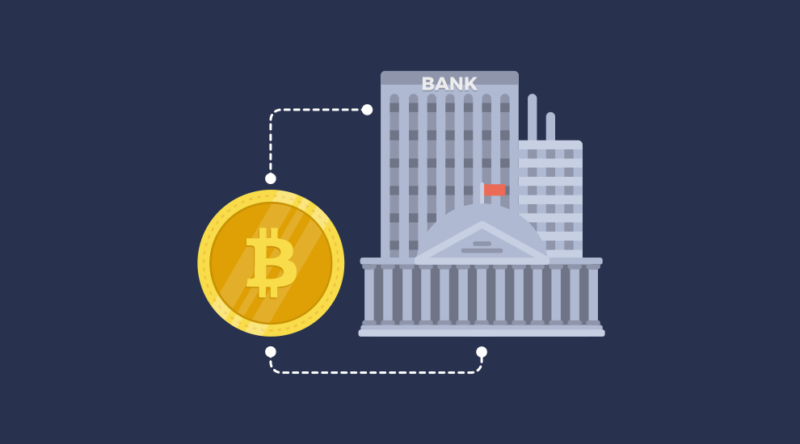 In this article, I’ll take a look at Turbo Loans, which are a feature of one of my favorite crypto lending platforms – YouHodler.
In this article, I’ll take a look at Turbo Loans, which are a feature of one of my favorite crypto lending platforms – YouHodler.
If you haven’t heard of YouHodler yet, make sure you check out my YouHodler in-depth review first before reading this article.
And by the way, I’m not saying you’re a dummy. In fact, if you’re reading this article right now it means you’re quite intelligent. That being said, even veteran crypto enthusiasts are curious about what a Turbocharged Loan is (AKA Turbo Loan) from FinTech platform YouHodler.
Well, that’s what we are going to address today. A simple, easy-to-understand guide for what Turbo Loans are and how they can help you multiply your portfolio during bullish cycles.


 In both traditional and crypto markets, there are all sorts of proverbs to help investors navigate through the volatility. You may have heard phrases like “don’t put all your eggs in one basket” or “only invest what you can afford to lose.” While these are certainly nice little reminders, they do little in terms of depth and detailed explanation. That’s where the Barbell Strategy comes in.
In both traditional and crypto markets, there are all sorts of proverbs to help investors navigate through the volatility. You may have heard phrases like “don’t put all your eggs in one basket” or “only invest what you can afford to lose.” While these are certainly nice little reminders, they do little in terms of depth and detailed explanation. That’s where the Barbell Strategy comes in.




